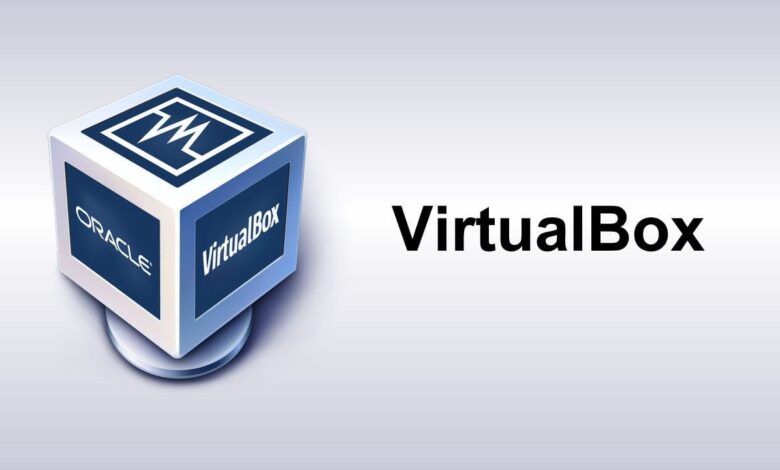
A virtual machine (VM) is an essential tool for developers, testers, and those looking to explore new operating systems without modifying their main system. VirtualBox is one of the most popular free tools for creating and managing VMs. In this guide, we will show you how to set up a virtual machine with VirtualBox and install Linux.
Step 1: Download and Install VirtualBox
To begin, you need to download and install Oracle VM VirtualBox, the free software that allows you to create and manage virtual machines.
- Visit the VirtualBox Website: Go to the official VirtualBox website.
- Choose Your OS Version: Download the version that is compatible with your operating system (Windows, macOS, Linux, etc.).
- Install VirtualBox: Follow the installation instructions based on your operating system.
Step 2: Download a Linux Distribution ISO
Next, you’ll need an ISO file of the Linux distribution you want to install on the virtual machine.
- Choose a Linux Distribution: Popular choices include Ubuntu, Fedora, or Kali Linux. For beginners, Ubuntu is recommended.
- Download the ISO: Visit the official website of the chosen Linux distribution and download the ISO file. For example, for Ubuntu, go to ubuntu.com/download.
Step 3: Create a New Virtual Machine
Now, let’s create a new virtual machine using VirtualBox.
- Open VirtualBox: Launch the VirtualBox application you installed earlier.
- Click “New” to Create a VM: Select the “New” button to start the process of creating a virtual machine.
- Name Your VM: Choose a name for your virtual machine (e.g., “Ubuntu VM”).
- Select Operating System: Select “Linux” as the operating system and choose the appropriate version (e.g., “Ubuntu 64-bit”).
- Allocate Memory: Choose how much RAM you want to allocate to the VM. 2048 MB (2 GB) is a good starting point for most Linux distributions.
- Create a Virtual Hard Disk: Select “Create a virtual hard disk now” and click “Create.” Set the hard disk size (10 GB or more is recommended).
Step 4: Mount the Linux ISO in VirtualBox
To install Linux, you need to mount the ISO file you downloaded.
- Select Your Virtual Machine: In VirtualBox, click on the VM you just created.
- Click “Settings” and Go to the Storage Section: Under “Storage,” click the empty CD/DVD drive and then click the disk icon on the right.
- Choose the ISO File: Select “Choose a disk file” and browse to the location where you saved the Linux ISO file. Click “OK” to confirm.
Step 5: Start the Virtual Machine and Install Linux
Now you can boot the virtual machine and start installing Linux.
- Click “Start” on VirtualBox: This will boot the virtual machine from the ISO file.
- Follow the Installation Instructions: The Linux installation wizard will appear. Follow the on-screen instructions to install the operating system. You’ll need to choose language, time zone, keyboard layout, and partition settings (for most users, the default partitioning option will work).
- Set Up Your Account: During the installation, you’ll be prompted to create a user account and password.
Step 6: Complete the Installation and Reboot
Once the installation is complete, the system will prompt you to reboot.
- Reboot the Virtual Machine: After the reboot, you may be prompted to remove the installation disk. In VirtualBox, go to “Devices” and choose “Remove disk from virtual drive.”
- Log in: Once the system reboots, log in using the username and password you created during the installation.
Step 7: Install VirtualBox Guest Additions (Optional)
To improve performance and enable additional features like shared folders and better graphics support, you can install VirtualBox Guest Additions.
- Insert Guest Additions CD Image: In VirtualBox, go to the “Devices” menu and click “Insert Guest Additions CD image.”
- Install Guest Additions: Follow the prompts in the virtual machine to install Guest Additions. This may require a system restart.
Conclusion
You’ve successfully set up a virtual machine using VirtualBox and installed Linux on it. This setup allows you to run Linux without modifying your main operating system, making it an ideal solution for testing, development, or learning.
VirtualBox and a Linux VM provide an isolated environment where you can safely experiment with different Linux distributions or configurations without affecting your main system.



